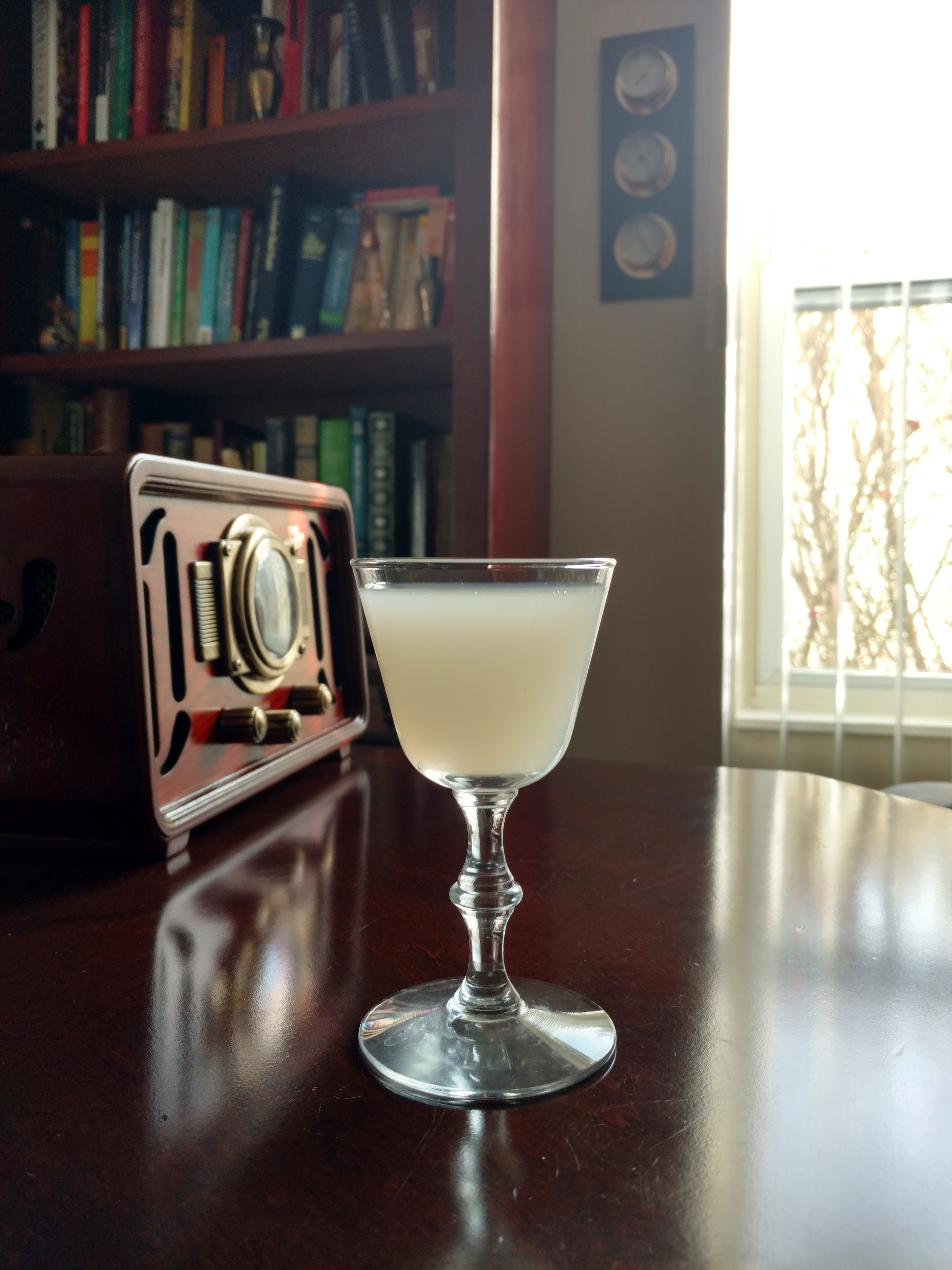
A day off work is great opportunity to deep-dive into a decadent, beguiling champagne cocktail for Champagne December.
For our next feature this month, which we’ve dedicated to self care in the form of playful indulges such as champagne, we’ll be covering Death in the Afternoon, a cocktail reputedly invented by Earnest Hemingway.
This cocktail is featured in an ultra-rare book of cocktails from the 1930s, titled So Red The Nose or Breath in The Afternoon by prominent authors of the time, including Hemingway, and has these instructions provided by Ernest:
Pour one jigger absinthe into a Champagne glass. Add iced Champagne until it attains the proper opalescent milkiness. Drink three to five of these slowly.
Some later recipes also suggest floating the absinthe upon the champagne, as some brands of absinthe can accomplish this feat. Either way, three or five of these potent drinks should leave you in quite a state. Here’s the original recipe within its anecdote:
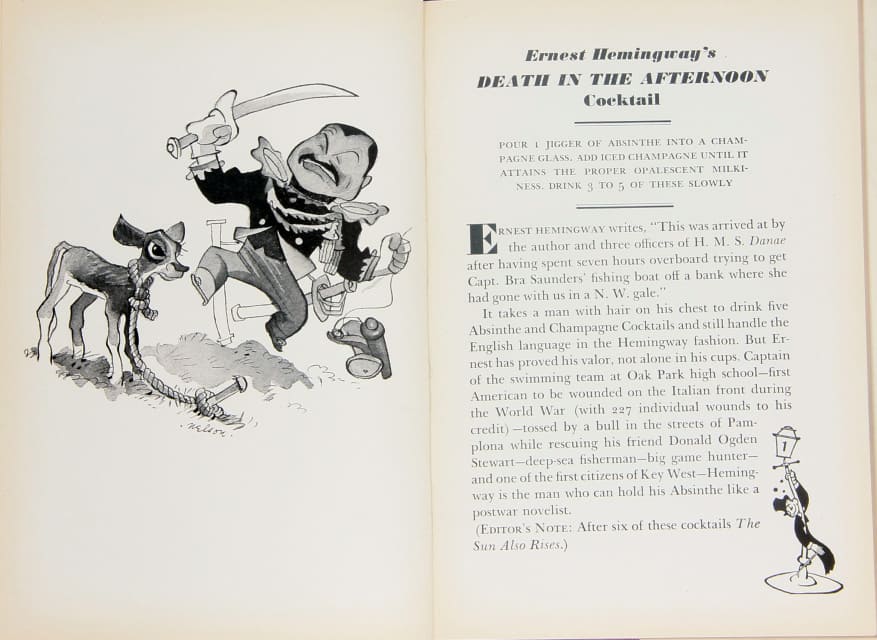
Pictured: scan of original recipe from out of print edition
Original recipe in So Red the Nose, or Breath in the Afternoon, Cocktail Recipes by 30 Leading Authors. Source.
Absinthe was legalized once more in the United States in 2007, so we can now enjoy this recipe in its full splendor. With a quality absinthe, topping it with champagne (or any fluid with a higher water content than pure grain alcohol, for that matter), should result in an immediate cloudiness.
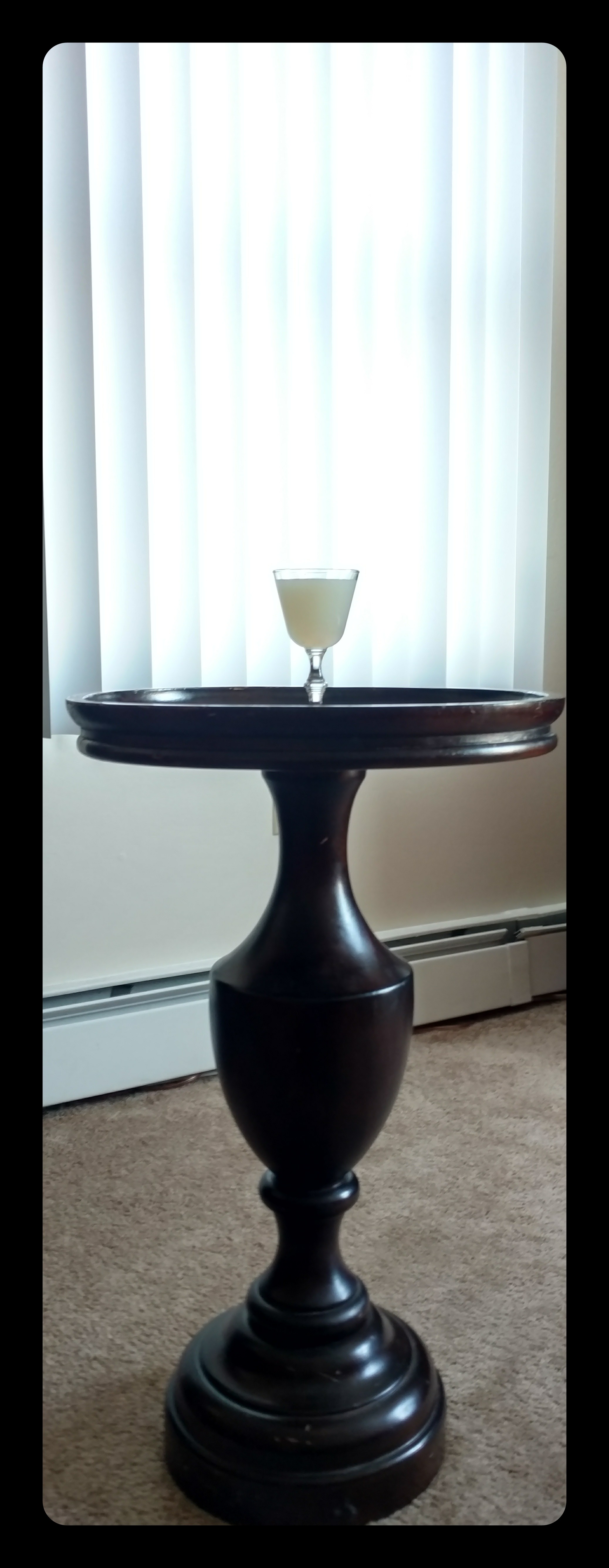 Pictured: vintage cocktail glass of absinthe and champagne in front of a window.
Pictured: vintage cocktail glass of absinthe and champagne in front of a window.
Quality absinthe, when mixed with higher water content liquids, should cloud.
Whether it will also have a greenish tint relies upon your type of absinthe.We’ve invested in Kübler Absinthe, which boasts as having been produced in the Val-de-Travers region of Switzerland since 1863, a region known for its absinthe production. Kübler is a Blanche, or la Bleue absinthe, is bottled immediately after distillation and reduction, without the additional steeping of extra herbs, which would result in a Verte (“green”) absinthe. Many cheaper productions of absinthe will artificially color their absinthe to achieve this vivid green, and the style you choose is ultimately up to you.
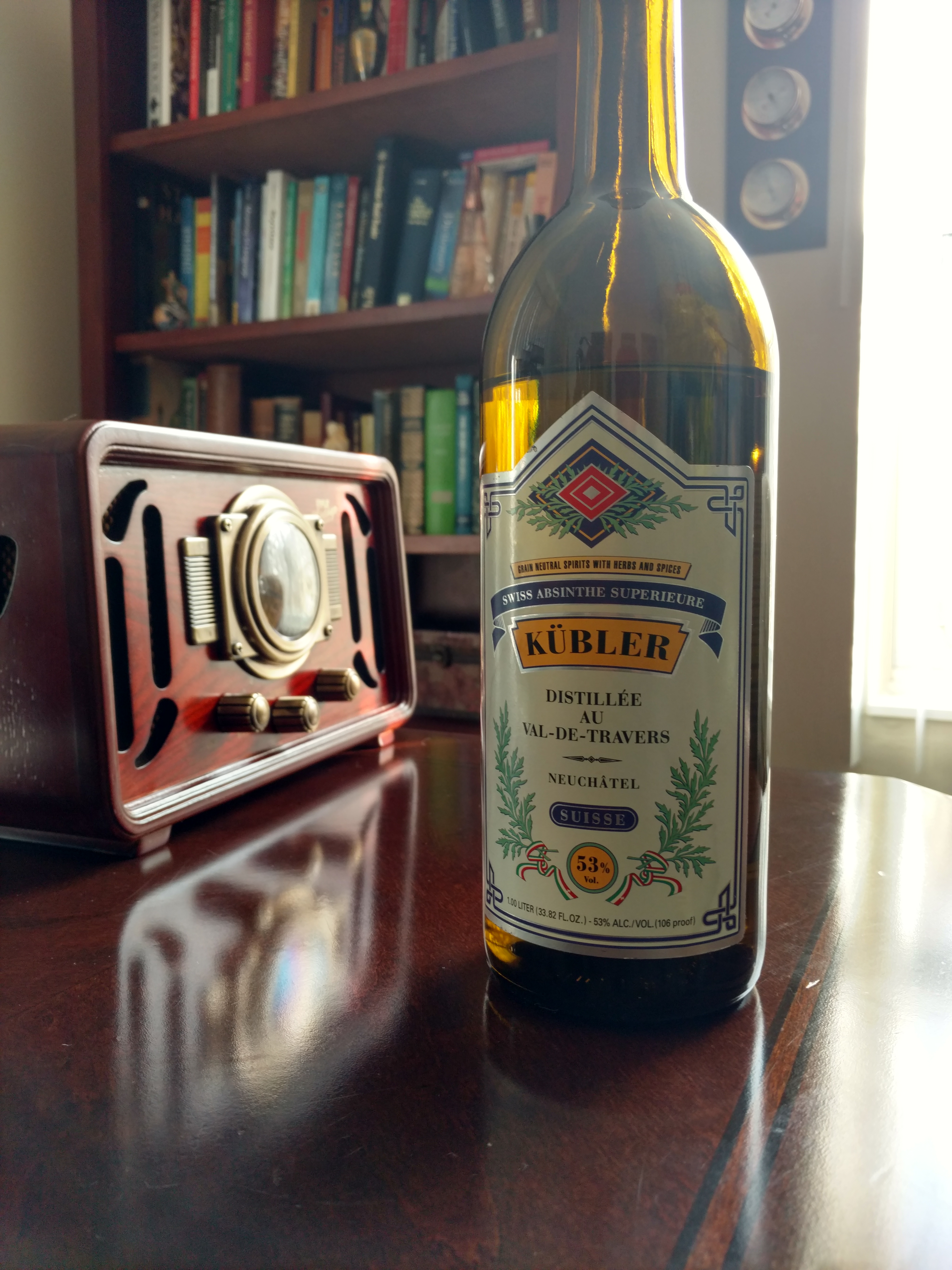
Pictured: Bottle of Kübler Absinthe Superieure absinthe on a desk.
Kübler Absinthe Superieure, a la Bleue or Blanche absinthe without the green tint.
So how does it taste? Having created this cocktail with at least four different brands of absinthe over the years, most notable is a pleasant tingling that will fade to soft numbness in your mouth. The absinthe does a fine job drowning the effervescence of champagne, so if you’re looking for a bubbly presentation, you will be disappointed.
Also noteworthy is how the combination of the two ingredients produces a distinct salt on the palate, which may take some getting used to. To offset the shock of these flavors, many recommend adding a cube of sugar or bitters to the mixture. Some may even substitute the absinthe with Pernod, or another in the pastis family.
Whichever way you choose to go, this is a fine cocktail suitable for languishing through the afternoon into the evening.
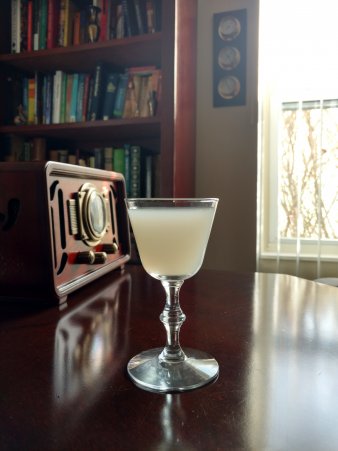
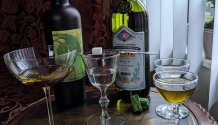
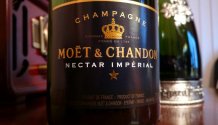
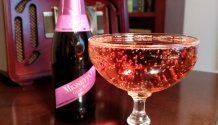
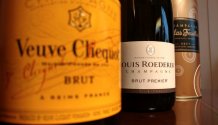
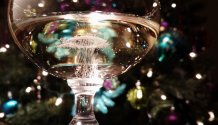
0 Comments: